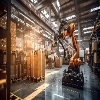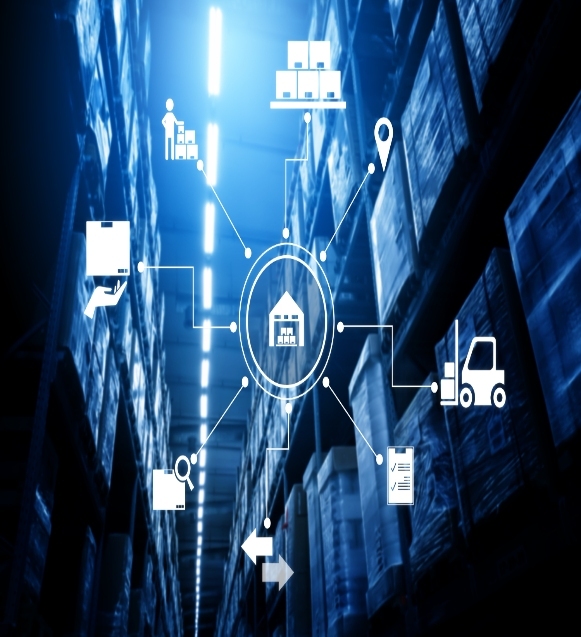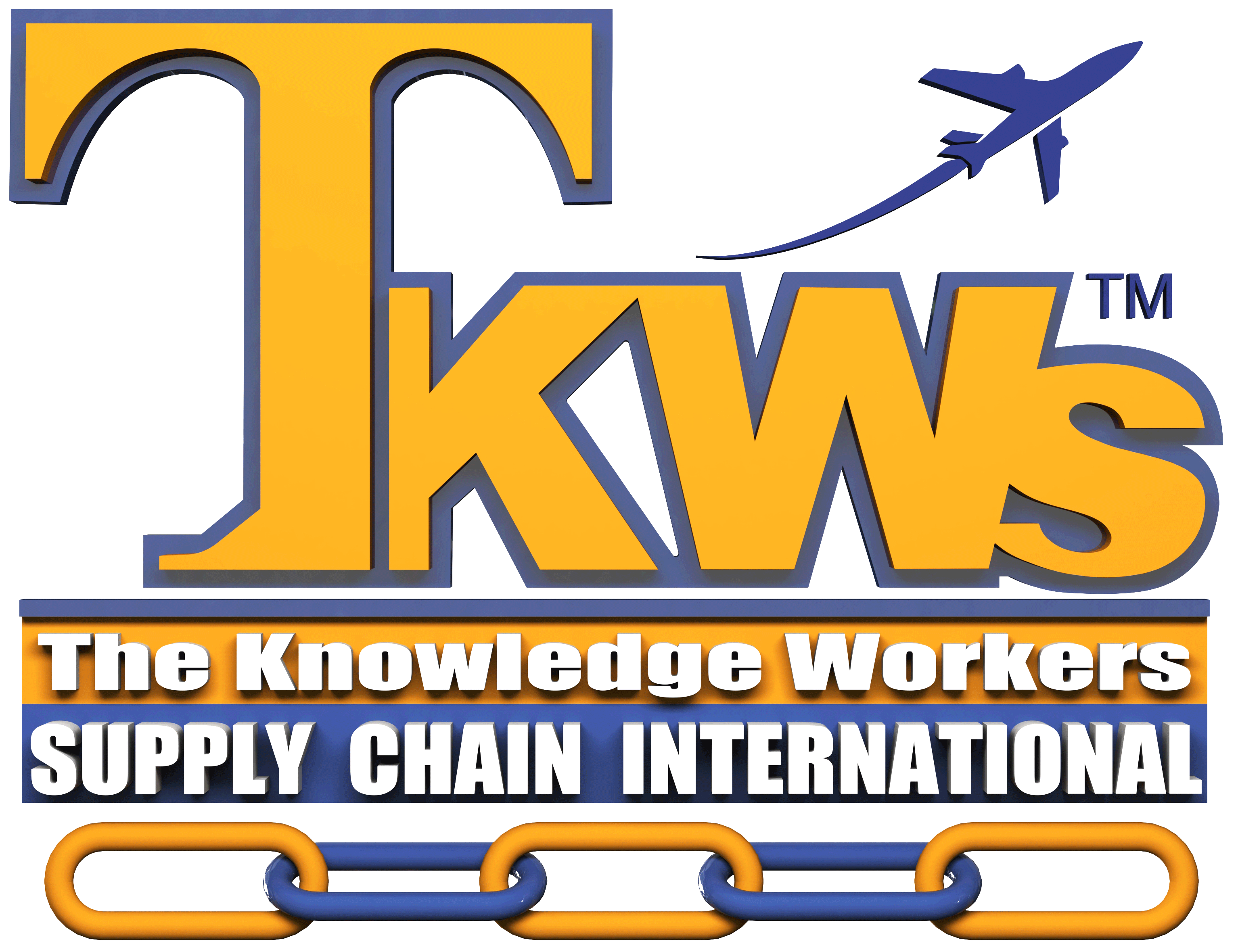Innovations & Technology
When technology meets innovation
Innovation and technology converge, causing a revolution across industries. Innovation challenges the status quo and envisions new solutions, while technology provides tools and infrastructure to turn visionary ideas into reality.
This synergy drives progress, fueling economic growth, enhancing quality of life, and addressing societal challenges. The potential of innovation powered by technology extends to healthcare, transportation, education, and entertainment, reshaping the world and paving the way for limitless possibilities.

Driving Efficiency and Productivity
Innovative tech revolutionizes sectors, streamlining processes, automating tasks, and boosting efficiency and productivity from manufacturing to finance.

Transforming Industries and Markets
Technology-driven innovation, from e-commerce to digital banking, is revolutionizing industries and consumer engagement, creating new opportunities and business models.

Empowering Collaboration and Connectivity
Technology fosters global innovation via cloud platforms, communication tools, and virtual collaboration, overcoming distance barriers for seamless interaction.

Unleashing Creativity
Innovation and technology merge, fostering creativity and solving complex problems through exploration and experimentation with technology's tools
Enhancing your Technology Experience in Logistics
Continuous monitoring and tracking of the movement, location, and status of shipments or assets in transit using technology-enabled solutions. This allows logistics providers, shippers, and other stakeholders to have instant visibility and updates on the whereabouts and condition of goods throughout the entire supply chain process, from the point of origin to the final destination.
Simplify processes and remove unnecessary barriers to enhance user experience, making it easier and more efficient for customers to interact with products or services. Identify and eliminate bottlenecks or friction points in the user journey to improve overall satisfaction and usability.
Offer personalized experiences tailored to individual preferences and needs, leveraging data and insights to deliver relevant and targeted content or recommendations. Enable users to customize their experience by providing options to personalize settings, layouts, or features according to their preferences.

The world of logistics and supply chains is undergoing a revolution driven by innovation and technology and transforming the industries:
Data is King:
- Big Data & Analytics: Analyzing vast amounts of data helps predict demand fluctuations, optimize routes, and identify inefficiencies. This leads to smoother operations, reduced costs, and improved delivery times.
- Real-time Tracking & Visibility: GPS, RFID tags, and sensor technology provide real-time insights into shipment location, status, and environmental conditions. This allows for proactive problem-solving and improved customer communication.
Automation for Efficiency:
- Warehouse Robotics & Automation: Robots are taking over repetitive tasks in warehouses, like picking and packing, increasing speed and accuracy while reducing human error.
- Autonomous Vehicles: Self-driving trucks have the potential to revolutionize long-haul transportation, lowering costs and improving safety. However, regulatory hurdles and technological advancements are still needed.
- Drone Deliveries: Drones are being explored for last-mile deliveries, particularly in remote areas or for time-sensitive packages.
Intelligence & Optimization:
- Artificial Intelligence (AI): AI algorithms can analyze data to optimize routes, predict maintenance needs for vehicles, and even automate pricing and scheduling. This leads to a more dynamic and responsive supply chain.
- Machine Learning (ML): ML algorithms can learn from historical data to continuously improve efficiency and identify patterns for better decision-making.
Blockchain for Trust & Transparency:
- Blockchain technology creates a secure, shared ledger system that tracks the movement of goods throughout the supply chain. This enhances transparency, improves traceability, and fosters trust between all parties involved.
- Focus on Sustainability
- Sustainable Logistics: Technologies like electric vehicles, route optimization software, and better packaging solutions are being developed to reduce the environmental impact of logistics operations.
Continuous Feedback and Improvement
Utilise user feedback
through surveys, forms, or testing sessions to refine and enhance the user experience,
user experience, continuously improving usability, satisfaction, and
engagement.

The role of innovations and technology in transforming logistics operations
Innovations in logistics operations, including automation, tracking online, data analytics, and artificial intelligence, are streamlining processes, enhancing efficiency, and optimizing resource utilization. These solutions drive sustainable growth, meet customer demands, and provide a competitive advantage.
- Automated warehouse systems and robotic picking streamline logistics, cutting manual labor, and errors, and enhancing efficiency in inventory management and order fulfillment.
- Tracking: Online tracking systems enhance visibility and communication, ensuring reliable delivery operations for logistics companies and customers across the supply chain.
- Data Analytics: Data analytics tools optimize logistics by analyzing supply chain data for insights, improving decision-making and operational efficiency.
- Driving Sustainable Growth: Innovations in logistics drive sustainable growth, reducing fuel consumption, and carbon emissions, and optimizing resource utilization for environmental sustainability.


